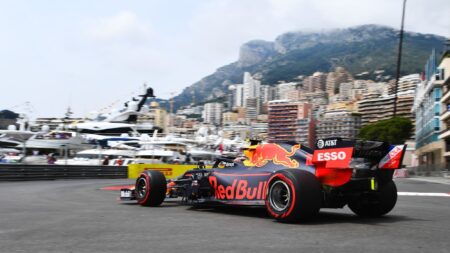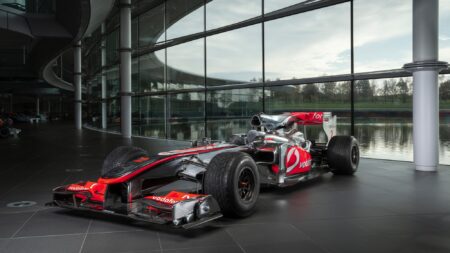But teams continue to refine the art and this year both Red Bull and Alfa Romeo seem to have become especially adept at it. With Red Bull engaging Mercedes in a fight for the world title, it has suddenly become a political hot potato and the FIA has been forced to act. A new Technical Directive will take effect from the French Grand Prix whereby the governing body reserves the right to test at 1.5 times the regulation loads and to measure any non-linear behaviour of the deflection. In addition, the behaviour of the wing on-track, as captured by onboard cameras, will be considered and could lead to further load tests being introduced. There is also a reminder that the FIA would consider any mechanism in the wing assembly apparently designed to allow wing flex would in of itself be considered a breach of the regulations.
That Technical Directive can comfortably be met by the teams, albeit with some quite expensive re-engineering in some cases. Which could be particularly troublesome for any team, like Red Bull, already operating at the limit of the cost cap. But where it gets really contentious is that there are two races before the implementation of the new Tech Directives – and one of them is around the Baku street circuit where the advantage of bendy wings is at its absolute maximum. This track combines a Monaco-like middle sector where maximum downforce is needed with the longest stretch of flat-out running seen all year, on the kinking final ‘straight’ that runs alongside the Caspian shore. It’s a mixture of Monaco and Monza, the two extremes of downforce demand.
If the Red Bull’s rear wing is able to bend more effectively than that of the Mercedes, it will be worth much more at Baku than elsewhere. It will enable the Red Bull to carry lots of downforce for the street section without necessarily being crippled down that final stretch.
So in the multi-dimensional game of fighting for a championship, Merc’s Toto Wolff has introduced some jeopardy into Red Bull’s choice of wing there. Delaying the implementation of the new interpretation, he says, “leaves us in no-man’s land because the technical directive says that the movement of some rear wings has been judged as excessive. Delaying the introduction for whatever reason leaves us in a legal vacuum and leaves the door open for protests. It’s not only us, but probably two other teams that are most affected, maybe more.




